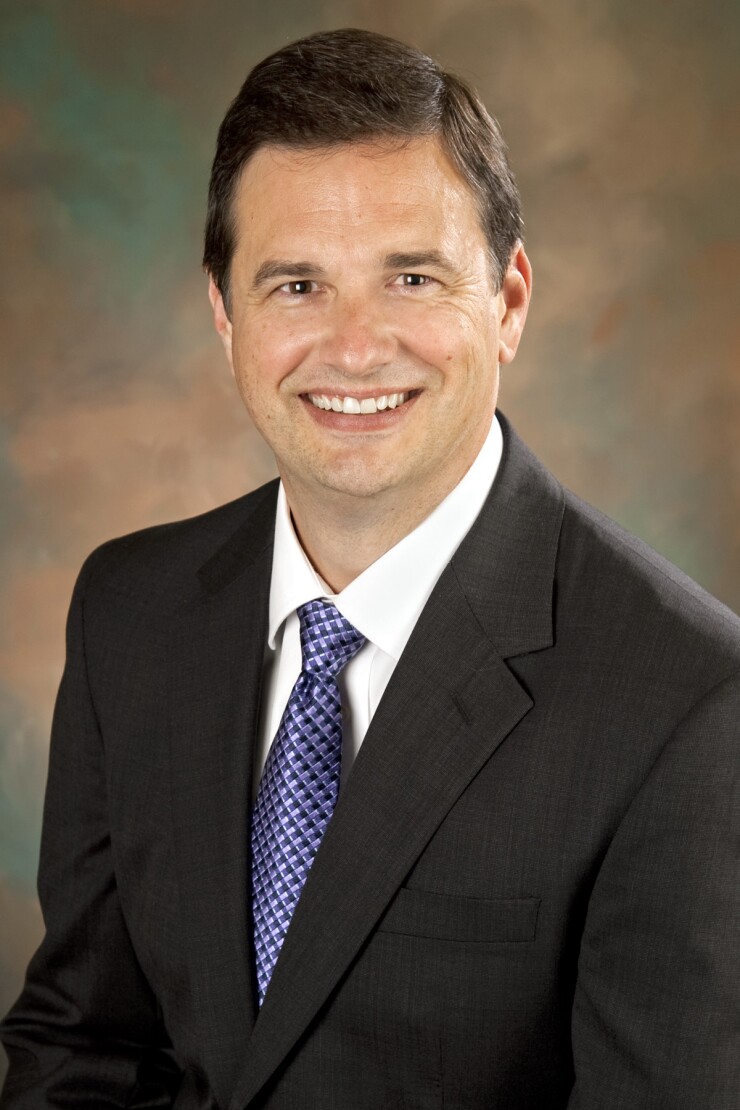Want unlimited access to top ideas and insights?
Credit unions have a wealth of new opportunities after the National Credit Union Administration implemented new rules governing member business lending in 2016. While several experts described the new rules as offering more flexibility, they cautioned CUs more than ever will need experience on their side.

Pat Blaine, vice president of loan administration for $1.9 billion OneAZ Credit Union in Phoenix, said for starters every CU will need to have a clear understanding of what it wants from its MBL program – will it be a revenue driver or just an added-on member benefit?
“We have been successful with relationship-based lending,” Blaine said, noting OneAZ CU’s program started in late 2006/early 2007. As a new division it first sought out transaction-type loans: real estate transactions coming from the broker network. In approximately 2013, the credit union transitioned to more relationship-based lending. “We worked with professional firms, including CPAs, law firms and medical professionals. From there we moved to wholesale companies, then to retail firms.”
Lending to medical firms or attorneys works well with network-type lending, Blaine explained, as CUs can “pretty much rely on sources of repayment.”
“With retail you have to ask, are they selling a fad product that will be obsolete soon? For commercial lending you need to know the operating cycles of a business. When are goods manufactured? When are goods stocked on shelves? When are sales? For service industries, needs for loans are pretty much throughout the year because they need equipment. However, every business is different.”

Ron Felder, EVP and chief lending officer for $3.4 billion Redwood Credit Union, Santa Rosa, Calif., said his CU has been in business lending since 2008. He said there have been three keys to RCU’s success.
“The first is really knowing the market you are in,” Felder said. “We are community focused in Northern California. A large number of our members are business owners, so we thought it was a good idea to help them out. All of the decisions we are making are done in the communities, so we understand the market. Our goal is to help those members. We pay attention locally while we are paying attention to national trends. We watch the diversity of our business portfolio to avoid concentration risk.”
Redwood CU’s second key is understanding one size does not fit all, Felder continued. He said the credit union is very active in Small Business Administration lending, and it offers a breadth of products. “We make sure to get our members in the product that is right for them, not the one that will make us the biggest fee. As a result we tend to do more smaller loans. We are one of the top SBA lenders in Northern California in terms of number of loans.”
The third key, which Felder described as “the most critical to our success,” is making local decisions. “Our staff lives in the communities where we are making decisions. We have extensive knowledge of SBA lending. Keeping all of that under one roof allows us to make good decisions. We meet with our members, understand their business plan, their projections, everything we need to fulfill their needs.”
Separation of duties
Jeff Barnes, vice president of commercial lending for $4.3 billion Bellco Credit Union, Greenwood Village, Colo., said management feels it is very important to separate duties between loan officers and underwriters.
“We have people out searching for very nice loans and others who verify all the information. We assign people as specialists,” he explained. “A commercial loan has a lot of steps, and we hire more experience than NCUA requires. Our underwriters have between 14 years and 32 years of experience. We make sure we have really quality people, because we want a clean portfolio up front.”
Joe Karlin, senior consultant for Rochdale Paragon, Overland Park, Kan., said if credit unions are new to MBLs, or new to having business lending in-house, it is vital they bring in someone with experience and expertise.

According to Karlin, many CUs assume a loan officer is a loan officer. Therefore, they take someone who is great at being a consumer loan officer give that person the title of business lending officer and assume all will be well.
“It is such a different animal,” Karlin said of business lending. “Consumer loans are much more homogeneous. People in credit unions know what a ‘B’ auto loan looks like and what that risk is. With a business loan, the guarantor brings a lot of different variables to the loan, including the type of business, the market it is operating in, the collateral type and much more. It takes experience to be able to analyze that.”
Credit unions taking on business lending for the first time will need buy-in from the board and understanding from regulators as to how they are getting the expertise, Karlin continued. He said the entire credit union has to be aware of the fact a new type of lending is coming in-house.
Many observers also reminded credit unions to watch out for the competition. Karlin said if other lenders are driving down rate and yield, that may be a case of a loan where it is smarter just to walk away. “Everybody wants to get the loan, but when you run the numbers it might not make economic sense for the credit union.”
As an institution’s portfolio grows, Karlin said, it is important to have diversity. “Be careful about putting all your eggs in one basket because things happen and markets may change. Seven years ago taxi medallion loans were gold and no one thought those would go down in value. Today, post Uber and Lyft, the whole industry is different.”
Joel Pruis, senior director for Cornerstone Advisors, Scottsdale, Ariz., said too often credit unions “sort of” get into member business lending.
“What I mean is they know there are opportunities to develop loan balances and provide member business loans, but once they implement the traditional commercial lenders that come into the credit union to start the segment fall back to their old ways. In some cases the credit union ends up doing commercial real estate deals that are not necessarily in line with the mission of the credit union – they only serve a select few of the members that are actually involved in commercial real estate.”

Pruis said credit unions must understand the MBL needs of their membership base, whether that means the communities they serve or their SEGs. “A credit union needs to understand what types of business opportunities are available and then craft its MBL program around that market need.”
Once a credit union has identified its available market need or opportunity, it needs to assess what gaps may exist between the resources – both personnel and tools – the CU has and those necessary to support the MBL opportunity. At that point, Pruis said, if the potential ROI makes sense, the credit union should invest in the resources necessary to deploy.
Pitfalls to avoid
“Typically, credit unions get into member business lending and then fall back to Excel spreadsheets and other Band-Aids to bridge the gaps. These methods tend to crumble once the credit union grows the portfolio,” said Cornerstone’s Pruis.
Bellco CU’s Barnes warned against getting into bidding wars with other lenders.
“Credit unions cannot cut everything just to get the loan,” Barnes said. We know our niche, we know what we are good at. We have a limited amount of cap room, so we stick to what we do well.”
OneAZ Credit Union’s Blaine said there are “a whole bunch” of potential problem areas in business lending, which is why it is so vital to start by hiring experienced staff.
“All types of business lending are different,” Blaine said. “Commercial construction is different from residential construction. Business loans are different. Consumer loans can have automated processes, even with mortgages, but with business loans it is very important to find staff that can examine the components of business lending.”
CUs also need to watch for concentration risk, Blaine added, as well as examining markets and cash flow fluctuations for businesses. “We do stress tests on the businesses we are considering lending to. We see what happens if interest rates rise or if occupancy rates fall. Participation lending is a potential pitfall. You have to perform due diligence.”
Redwood CU’s Felder said he sees problems if credit unions extend their business lending into areas outside their area of expertise or outside their footprint.
“There are certain types of business lending we do not participate in. Even though we are in Wine Country, we do not loan to vineyards or wineries because that is not one of our core competencies. You have to know your strengths.”






